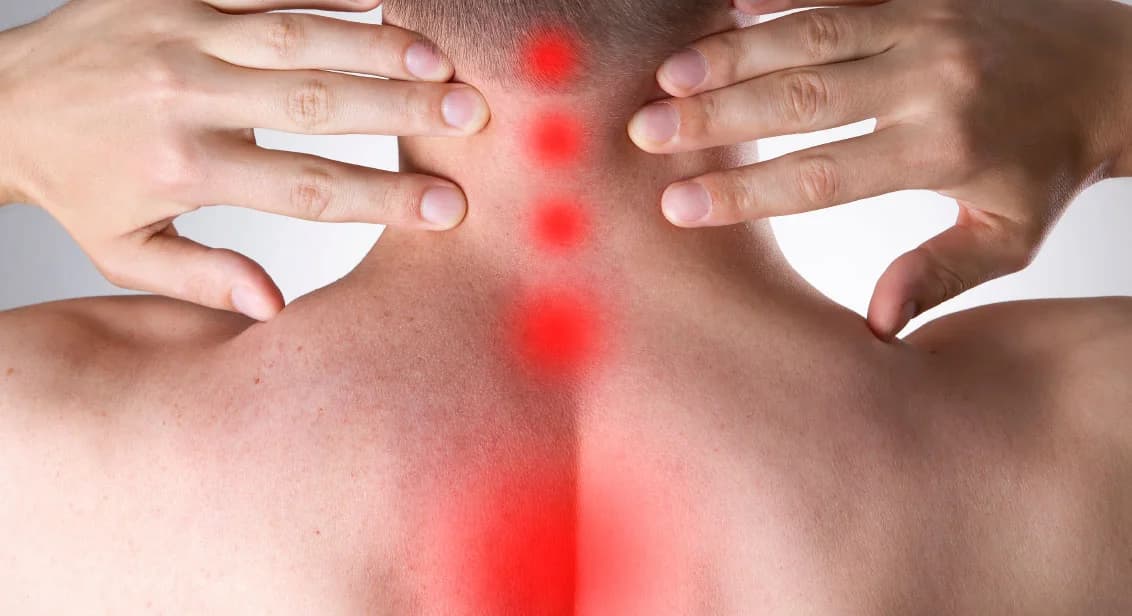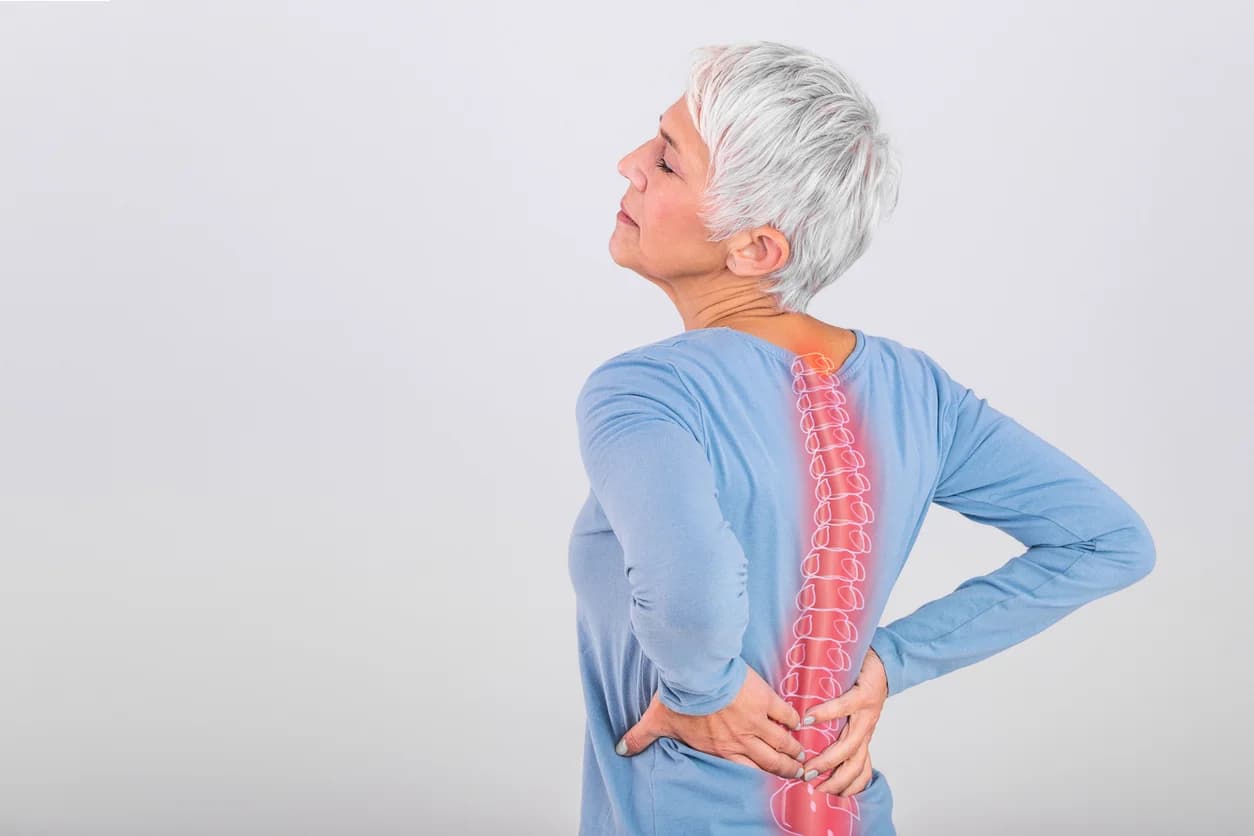Between each of the bones in your spine (the vertebrae) is a disc. The disc acts as a shock absorber and helps cushion your bones. A herniated disc extends beyond the capsule containing it and pushes into the spinal canal. A herniated disk can irritate or press on nearby nerves. Discectomy is surgery to remove the damaged part of a disk in the spine that has its soft center pushing out through the tough outer lining. Many surgeons prefer minimally invasive Discectomy, which uses small incisions and a microscope or tiny video camera for viewing the procedure.
What is a lumbar discectomy?
Lumbar discectomy is a type of surgery to fix a disc in the lower back. This surgery uses smaller cuts (incisions) than an open lumbar discectomy. The backbone, or spinal column, is made up of a chain of bones called the vertebrae. Discs sit between each vertebra to provide cushioning and support. Sometimes the outer wall of one of these discs may dry out and weaken with age or injury. In this case, as the soft, inner part of the disc is bulged out, it’s called a herniated disc. Which can cause symptoms such as pain, tingling, or weakness in a nearby part of the body.

Herniated Disc: Causes, effects, and Surgery
A herniated disc extends beyond the capsule containing it and pushes into the spinal canal. You can have a herniated disc anywhere along your spine, even in your neck, but it’s most likely to occur in the lower back (lumbar vertebrae). You might develop a herniated disc from lifting something the wrong way or from suddenly twisting your spine. Other causes include being overweight and experiencing degeneration due to disease or aging.
A herniated disc doesn’t always cause pain or discomfort, but if it pushes against a nerve in your lower back, you may have pain in the back or legs (sciatica). If a herniated disc occurs in your neck, you may have pain in your neck, shoulders, and arms. Besides pain, a herniated disc can lead to numbness, tingling, and weakness.
Surgery involving the spine is not recommended that often, patients are instructed: nonsteroidal anti-inflammatories, pain relievers, exercise or physical therapy, steroid injections, and even rest. If none of these are effective, and patients have persistent pain, their doctor may offer surgical options.
Why is lumbar discectomy done?
A Discectomy is done to relieve the pressure a herniated disk (also called a slipped, ruptured, or bulging disk or disk prolapse) places on a spinal nerve. A herniated disk occurs when some of the softer material inside the disk pushes out through a crack in the outer lining of the disk. Discectomy might be recommended if:
Nerve weakness causes trouble standing or walking
Conservative treatment, such as physical therapy or steroid injections, fails to improve symptoms after 6 to 12 weeks
Pain travels into the buttocks, legs, arms, or chest and becomes too much to manage

What are the risks of lumbar discectomy?
Discectomy is considered safe. But as with any surgery, Discectomy carries a risk of complications. Potential complications include:
Bleeding
Infection
Leaking spinal fluid
Injury to blood vessels or nerves in and around the spine
What happens during a discectomy surgery?
Surgeons usually perform a Discectomy using general anesthesia, so you're not awake during the procedure. Ideally, just the piece of the disk that's compressing the nerve is removed. However, small amounts of spinal bone and ligament might need to be removed to get to the herniated disk. If the whole disk must be taken out, your surgeon may need to fill the space with a piece of bone (taken from a deceased donor or your pelvis) or a synthetic bone substitute. The adjoining vertebrae are then fused with metal instrumentation.

Lumbar discectomy results
Discectomy reduces herniated disk symptoms in most people who have clear signs of a compressed nerve, such as pain that travels down the legs. However, relief from a Discectomy might not last a lifetime because it doesn't cure the cause of the disk becoming injured or herniated in the first place. Patients should keep a healthy weight, eat a healthy diet, do low-impact exercises, and limit activities that involve repeated bending, twisting, or lifting, to prevent re-injury of the spine.
Conclusion
A herniated disk, also known as a slipped, ruptured, or bulging disk, occurs when the softer material inside the disk pushes out through a crack in the outer lining of the disk. This can lead to pain, numbness, and weakness in your back, legs, and arms. Lumbar discectomy is the most common surgery used for a herniated disk in the lumbar region. During this procedure, the portion of the disk that is causing the pressure on your nerve root is removed. This surgery can relieve pressure on the nerves and stop leg pain and sciatica. While lumbar discectomy can significantly improve the quality of life for individuals suffering from a herniated disk, it’s a decision that should be made with a full understanding of the process, its potential outcomes, and the risks involved.
Read more: